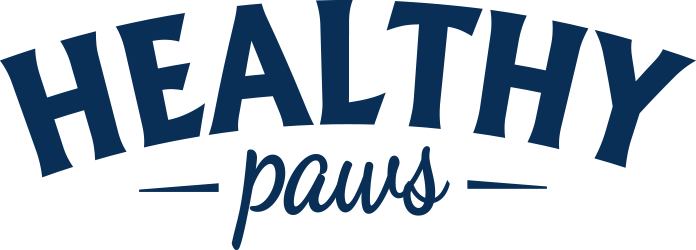Just like humans, dogs can start to feel hungrier in winter and they do need to put on some extra fat to combat the cold. They also grow a thicker coat, which is fine if they live outside, but if we keep them in centrally heated houses, they will start to moult.
We know that humans feel more like comfort food in the winter – stews rather than salads tend to be on the menu and it’s fine to increase your dog’s food slightly, but you must study their stools to guide you as to how much is enough and also watch their body shape. It’s easy to overdo it and then find that they are getting overweight.
There’s no getting away from it, the way to decide precisely what quantity of food is right for your dog is by studying its poo. The rule is that their poo should be small, dark and firm and not too much of it. Sloppy poo means you’re feeding too much. We recommend that you increase the evening meal slightly in the first instance and you may find that is plenty. Likewise, when the evenings start to get lighter, you can reduce your dog’s food intake.

If a dog still seems to be hungry, then try giving it some sweet potato – around 50 grams in weight, softened in the microwave – this provides a bit of bulk to stave off hunger pangs. Never overdo the amount you feed your dog, apart from the risk of obesity, it might also get copraphagia which is not pleasant.
This body shape chart should help you to know when enough is enough. A long term study of Labradors, half of whom were fed ad hoc on demand and half of whom were fed on a restricted diet gave interesting data about how much to feed a dog to keep it healthy. After 11 years, those fed on a restricted diet were alive and healthy, those fed on demand were all dead and the owners had incurred expensive vets bills due to obesity related ailments.
When is a dog overweight?

The body shape chart above (provided by the PFMA at www.pfma.org.uk) is a useful tool to help you decide if your dog is overweight. Look down at its shape. Your dog needs a waist – its shape needs to go in and out – if it has a big tummy, then it needs to diet.
The way Healthy Paws food is formulated means that it contains high quality ingredients, designed to ensure that your dog receives the best nutrition. It is important however, to ensure that you take note of the quantity you feed your dog – just like humans, over feeding, even on excellent quality food, will mean that the dog will put on weight.
A less active dog or an older dog, needs a lighter food that’s gentle on the stomach. The Healthy Paws senior/light food contains less fat (as fat is higher in calorific value), but a good source of meat calories and low GI rice and oats to keep hunger at bay. This light food also contains glucosamine, chrondroitin and MSM to maintain and support healthy joints.
Choose quality over quantity
The problems caused to dogs by being overweight mirror those of humans; mobility problems, lethargy, constipation and colitis. That’s why we at Healthy Paws talk so much about the cost per day of feeding your dog – which is based on giving a smaller, better quality quantity of food, rather than the fixed cost of a bag. Take a look at our blog about doggy digestion to understand more about why this is.

